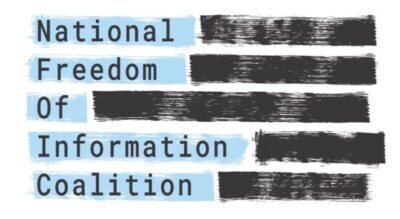The open source movement can trace its beginnings to a famous strategy session held in Palo Alto, CA in February 1998, where the term "open source" was coined. That meeting led to the Open Source Definition, to advocacy for the use of open source software, and, fairly quickly, to worldwide recognition of open source principles.
Almost exactly a decade later, in October 2007, another California conference—this time in Sebastopol—launched the current open data movement. It was led by Carl Malamud and Tim O'Reilly, funded by the Sunlight Foundation, and drew on work done by the Open Knowledge Foundation and others. Largely inspired by open source, the conference developed a set of principles for opening up government data for public use. As the Open Source Definition had done, those principles became the basis for advocacy and for promoting the goals of open data.
Now the open data movement is hitting stride, and 2014 may shape up to be "the year of open data," as one blogger has called it. Last May, the Obama administration released a new open data policy calling for federal data to be made open by default—and embracing principles very similar to those that came out of the 2007 conference. The Open Government Partnership, an international collaboration to make more government data available, now has about sixty members. And last month, the White House held back-to-back "datapaloozas" to encourage startups and other businesses to use federal datasets on safety and on education. Continue>>>
